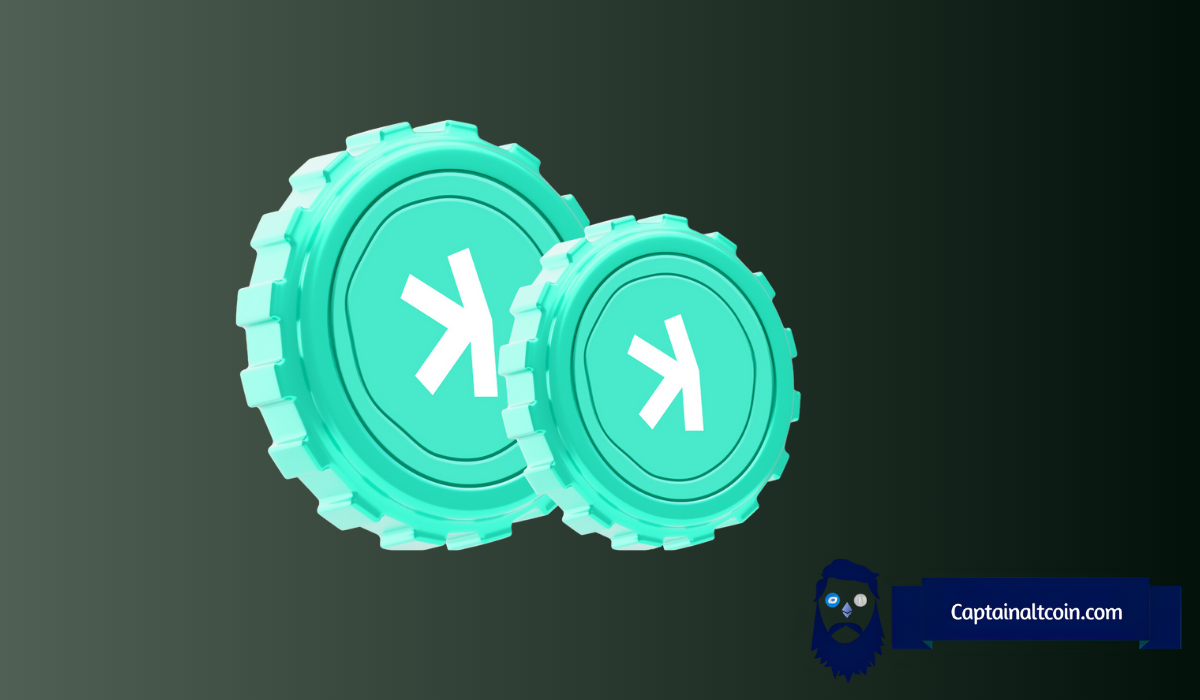
Kaspa has been quietly reshaping expectations for what a Layer 1 blockchain can do. While other chains struggle with congestion and slow confirmations, Kaspa is producing 10 blocks per second on mainnet today. Testnet is already hitting 100 blocks per second, and lab tests have demonstrated 400-plus blocks per second.
For anyone watching Kaspa price, this raw speed is a signal that the network is more than just another project, it’s a technological leap.
The founder of DAGKnightDog, Crypt0bank.KAS on X has shared insights that point to why this kind of throughput might make Kaspa the next dominant Layer 1.
Kaspa token isn’t just fast; it has a fair and transparent distribution. There was zero pre-mine, no VC allocation, and the launch avoided the typical concentrated holdings that plague many projects.
This pristine approach means KAS token is widely distributed and community-driven, giving it a strong foundation. Unlike many competitors, the network avoids MEV problems and doesn’t allow a few rich wallets to control transactions.
This makes KAS token feel more like a true decentralized asset rather than a speculative token controlled by insiders.
KASPA IS ABOUT TO SEND THE ENTIRE CRYPTO MARKET INTO ORBIT!
— crypt0bank.KAS (@crypt0bank) November 24, 2025
Forget “10x” or “100x” — we’re talking the ONLY Layer-1 that’s already doing 10 blocks per second MAINNET today, with 100 BPS live on testnet and 400+ BPS already demonstrated in the lab.
While every other chain is… pic.twitter.com/BGjMiddFbf
KAS Price Could Reflect Real Throughput Advantage
The contrast between KAS price and other major Layer 1 tokens is striking. Kaspa operates with a BlockDAG structure, which provides instant confirmations and theoretically infinite scalability. Comparing market caps makes this more obvious: Kaspa sits around $1B while networks like SOL operate at $90B with a fraction of the throughput.
Crypt0bank.KAS argues that KAS price has massive room to grow as adoption catches up to its technical capabilities.
Kaspa’s underlying tech keeps pushing forward. A Rust rewrite is complete, with a C++ rewrite in the works that could unlock 10,000 blocks per second within 12 months. Smart contracts are expected in Q1 2026, with KRC-20 already generating significant attention.
Hasrate continues climbing, and tier-1 exchanges are quietly adding liquidity. These developments suggest that KAS token isn’t just about speculation, it’s about long-term infrastructure that could rival the top chains.
Why Kaspa Could Reach $10 and Beyond
Speculation on KAS price has become a major talking point. Analyst predict $10 by end of 2026 is a conservative scenario, considering mainnet speed, lab tests, and upcoming smart contract support.
Read Also: Zcash vs Chainlink vs Stellar: Why Only One Is Poised for Massive Growth
The network’s scalability, fair token distribution, and growing exchange presence position it for rapid growth. For those tracking Kaspa token closely, watching KAS price over the next 12 to 18 months could be revealing.
Kaspa is quietly proving that not all Layer 1 chains are created equal. Its BlockDAG technology, decentralized approach, and strong development roadmap could change the way the market evaluates scalability and speed. Watching KAS token and Kaspa price evolve offers a glimpse into a Layer 1 contender that might just reshape the blockchain landscape.
Subscribe to our YouTube channel for daily crypto updates, market insights, and expert analysis.








